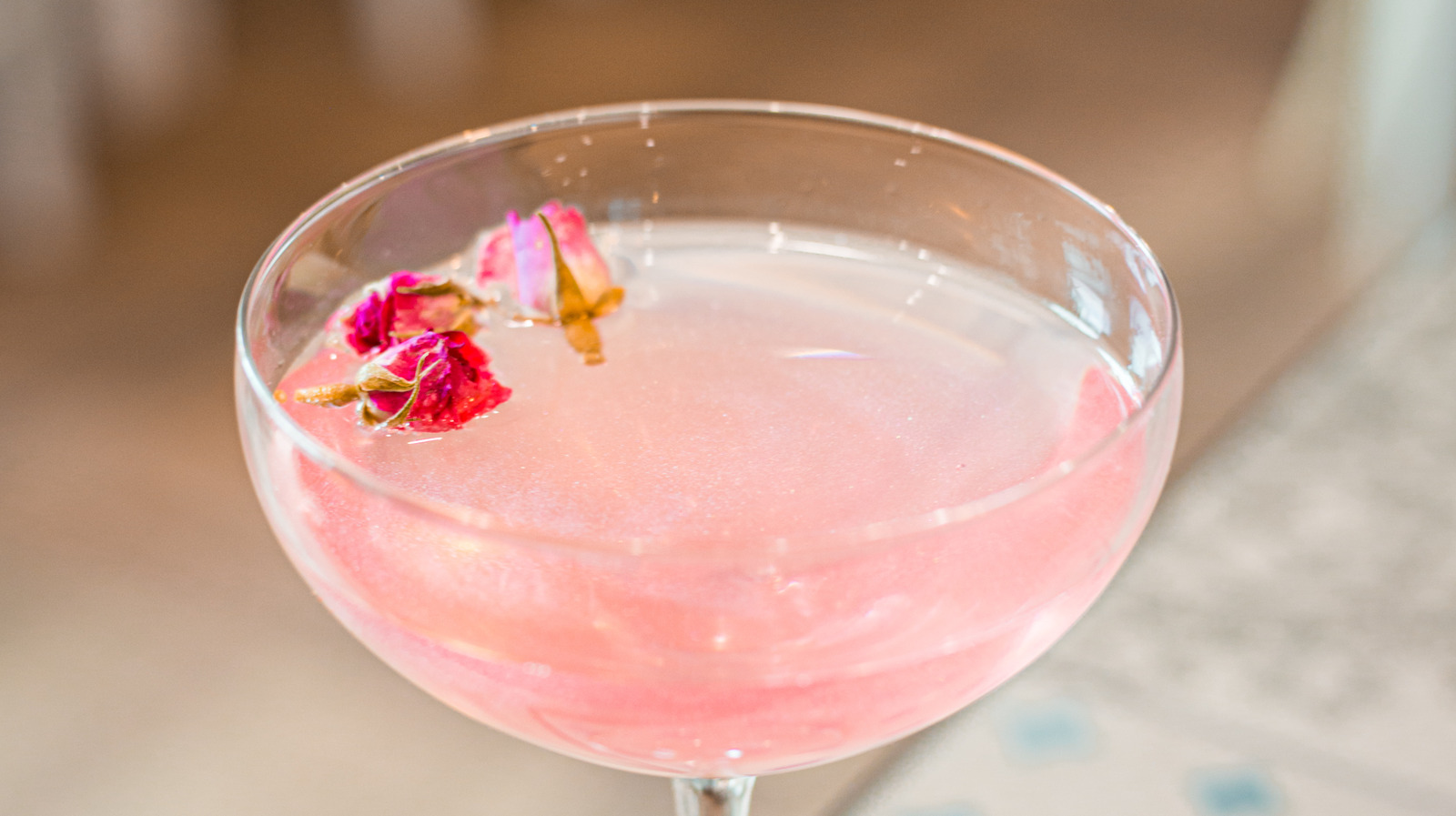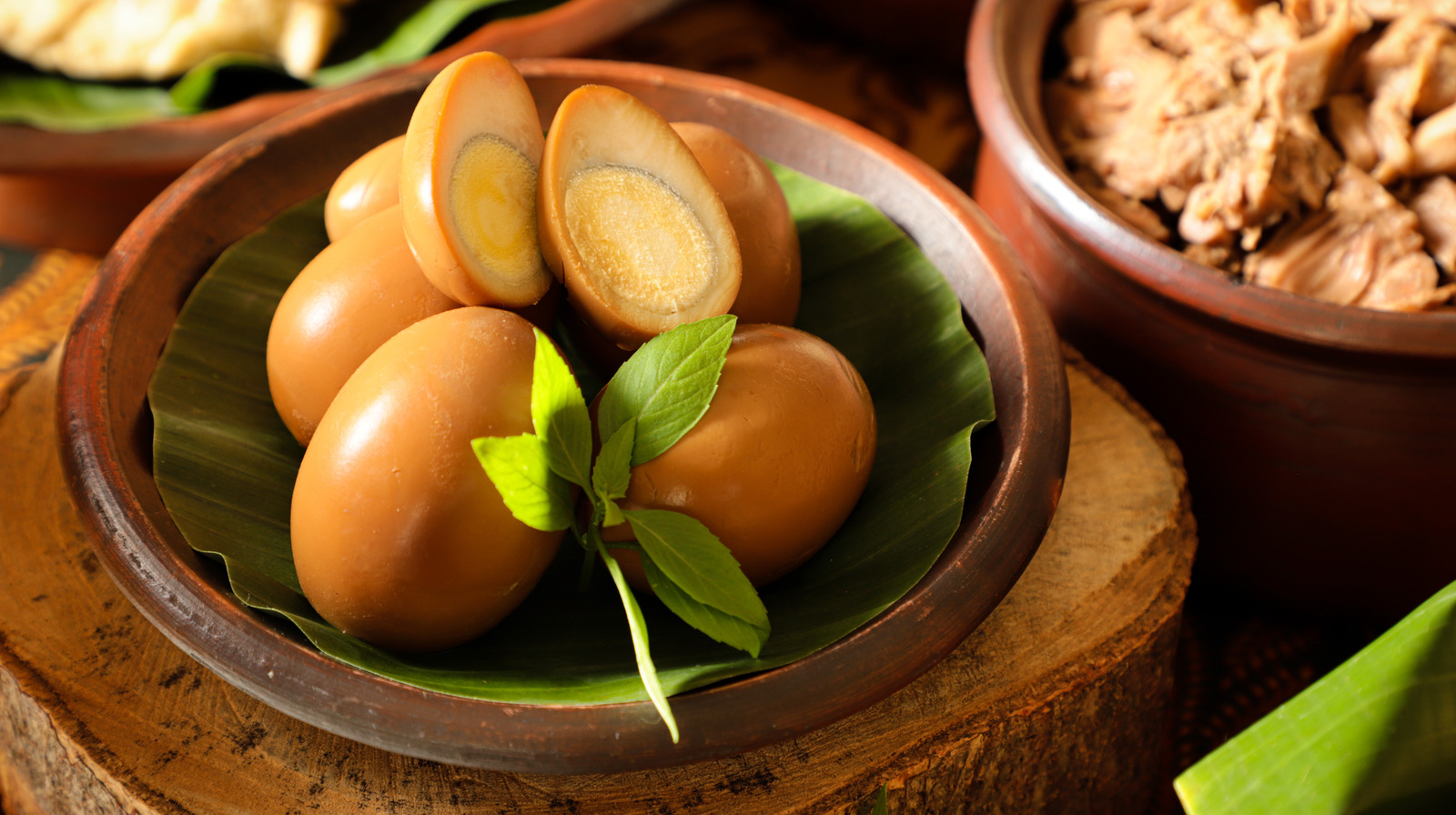Infant health products are evolving thanks to an increasingly sophisticated consumer base of parents demanding safe, organic, and science-backed ingredients. Recent advances in infant foods, formulas, and supplements now give consumers access to products that support infant needs for digestive health, allergy-safe infant formulas, immune system development, brain development, and more. Here are some recent developments.
Formula Gets Closer to Breast Milk
For infant formula brands, the Holy Grail is a formula product that’s bioidentical to human breast milk.
“Numerous studies confirm the differences between breastfed and formula-fed babies, so we’re constantly working to identify components or benefits that formula milk doesn’t currently provide,” says Niels Joakim Karlsen, sales development manager for the strategic business unit, pediatric, at Arla Foods Ingredients (Viby J, Denmark).
Arla enhances its formulations with its branded alpha-lactalbumin ingredient, Lacprodan Alpha-10. “Alpha-lactalbumin is the most abundant whey protein in human milk, so adding an alpha-lactalbumin ingredient helps the formula emulate the composition of breast milk,” Karlsen explains.
Arla recently partnered with food research company NIZO (Ede, The Netherlands) to launch a clinical study on Arla’s branded Lacprodan OPN-10, an osteopontin-enriched whey protein ingredient. Osteopontin is another of the key components of human breast milk, Karlsen notes. He says Arla’s new study will investigate whether Lacprodan OPN-10 has an effect on the adult immune system.
Recent advances in milk fractionation technology are also enabling formula suppliers to track and control every detail of the journey from farm to factory, Karlsen adds. Arla’s patented ORIGIN process extracts proteins, lactose, and milk fat directly from fresh organic cow’s milk, which provides the supplier with a greater degree of control over the final product.
Infant formula is also becoming multifunctional with the expanding range of available human milk oligosaccharides (HMOs) enabling precision formulations that target functions like immunity or cognitive development.
Sophie Nicolas, marketing manager, early life nutrition, for FrieslandCampina Ingredients (Amersfoort, The Netherlands), says these tailored HMOs can be used alone or in combination with other ingredients, and can be formulated to target specific pathogens for immune health applications.
“We’re also seeing the addition of milk fat globule membrane to infant formulas to support cognitive development,” Nicolas notes. “Another emerging trend is hybrid formulations that meet growing demand for alternative protein sources while meeting amino acid requirements for infants.”
FrieslandCampina Ingredients launched its branded Deminal 90 Organic ingredient, an organic demineralized whey ingredient, in June 2021. The company also recently launched its branded Aequival LNT, a lacto-N-tetraose ingredient designed to support gut health and immunity.
Probiotics Promote Gut Microbiota Development
Probiotic supplements have taken root with a number of consumer audiences. In particular, probiotics used within the first year of life may create unique benefits.
Jordi Riera is the chief business development manager for the probiotics division of Kaneka Americas (Newark, CA). The Kaneka Corp. (Tokyo) has a majority ownership stake in AB-Biotics SA (Barcelona, Spain), a biotech company specializing in probiotics. Kaneka has exclusive licensing rights to produce and sell AB-Biotics’ products in Japan and North America.
Riera says the probiotics space worked to isolate novel strains of naturally occurring bacteria that aid in the development of newborn gut microbiota. Some of these strains, Riera says, may improve gut function by reducing inflammation or promoting the development of the intestinal barrier, or they may facilitate the development of other beneficial microbes.
“The use of probiotics has opened a door to develop functional infant milk formulas that can render additional benefits for the newborn in areas such as gut maturation and intestinal barrier, immunity, allergy, or digestive health,” Riera explains. “Moreover, research on probiotics and human milk oligosaccharides combined have opened new possibilities to bring new benefits through symbiotic combinations of HMOs and probiotics. These combinations may be able to generate novel oligosaccharides and other metabolites that may not be otherwise producible or stable.”
One recent single-arm observational pilot trial1 on AB-Biotics’ branded probiotic strains KABP-042 and KABP-041, strains of Bifidobacterium longum and Pediococcus pentosaceus, respectively, assessed the efficacy of these strains on GI distress in 36 infants aged 10 months or younger with a diagnosis of functional constipation and/or infant colic.
In this trial, which was sponsored and conducted by AB-Biotics and published in January 2022, the infants received 10 drops per day of an oral solution of the prebiotic combination for 14 days. The total dose of bacteria was 2x 109 CFU per day. The infants’ pediatricians measured colic and constipation on a 5-point Likert scale at baseline and on study completion. Meanwhile, the parents of the infants in this study completed the GAD-7 anxiety scale, a tool that psychiatrists and other mental health professionals use for diagnosing Generalized Anxiety Disorder, at baseline and on study completion.
This study established that the probiotic blend reduced colic and constipation in sub-groups of infants exhibiting excessive crying and constipation. Parental anxiety was also significantly lower on study completion. The study authors concluded that the probiotic blend demonstrated an effect, and that further research is warranted.
Probiotic ingredients are also finding their way into creative delivery systems. Pam Cebulski, general manager and senior vice president of marketing for PanTheryx (Boulder, CO), says more and more infant supplements are popping up in liquid drop form, given the format’s convenience. PanTheryx is a distributor of the TruBiotics brand of probiotic products.
The company is actively investing in new probiotic delivery formats that are better suited to infant health applications. “Currently, we’re exploring innovations with yogurt-melt-like dissolvable applications for our digestive and immune health products,” Cebulski says. “We also created our new TruBiotics Baby Drops, featuring BB-12, to specifically address an infant’s digestive challenges.”
TruBiotics’ Baby Drops, launched in March 2022, are sugar-free, vegetarian drops that contain 3 billion CFU of BB-12 per serving. BB-12 is a proprietary probiotic strain from Chr. Hansen (Denmark) consisting of B. animalis ssp. lactis bacteria. Cebulski says Baby Drops support digestive development, soothe upset stomach, and reduce fussiness and crying.
A 2021 randomized, double-blind, placebo-controlled, parallel-group clinical trial2 examined the effects of BB-12 on crying and fussing time in 192 breast-fed infants less than three months old who met the ROME III criteria for infant colic. (One of the study’s 10 coauthors is an employee of Chr. Hansen, the manufacturer of BB-12. Chr. Hansen also funded the study.)
Following a one-week run-in period, the infants were given either six drops of BB-12 per day or a placebo, for three weeks. The infants’ caregivers recorded crying and fussing time (both number of minutes and number of episodes), sleeping habits, total hours of sleep, and type of feeding in a structured journal. Caregivers collected stool samples on day 20 using a fecal sampling kit. At the end of the first week, the caregivers completed the PedsQL 2.0 Family Impact Module, a self-report questionnaire assessing caregiver global functioning and worry.
By the end of the study, 60% of the infants in the BB-12 group reduced their daily crying and fussing time by 50% or more, compared to only 20% of the infants in the placebo group. The BB-12 group saw a mean reduction in daily crying time of 78.7 minutes, compared with 41 minutes in the placebo group. The study authors concluded that BB-12 reduces crying and fussing in infants with colic.
“The BB-12 probiotic strain resulted in a 50% reduction in crying episodes, as well as a 56% decrease in daily crying time and an extra hour of sleep every day,” Cebulski explains. “Parents [of infants who received BB-12] also had significantly higher quality of life scores related to socio-emotional and physical functioning.”
Inulin Shortens Infections During First Year of Life
Infant immune health is coming into focus as a priority for formulators. Denisse Colindres, nutrition communication manager, North America, for Beneo (Parsippany, NJ), says the first 1,000 days of life are essential for immune system development. During this time, infants are susceptible to gastrointestinal and respiratory infections. Moreover, Colindres explains, formula-fed infants are even more vulnerable to these infections.
Incorporating inulin into formula can bridge the prebiotic gap and improve microbiota development, Colindres says. The benefits of inulin-enriched formula are unique, as the naturally occurring oligosaccharides present in human breast milk are too complex to be artificially synthesized.
One 2021 randomized, double-blind, placebo-controlled trial3 conducted by the Beneo Institute and partially funded by Beneo evaluated the effects of Beneo’s branded Orafti Synergy1 prebiotic, an oligofructose-enriched inulin ingredient derived from chicory, on the number of infections during the first year of life in healthy full-term infants under four months of age. The infants were randomly assigned to be fed either a control formula or a formula containing 0.8 g/100 ml of Orafti Synergy1, until the infants’ first birthdays. Pediatricians examined the infants at baseline and at 2 months, 4 months, 6 months, 9 months, and 1 year of age.
While there was no difference between the two groups in the number of infections reported, the infants receiving prebiotic-enriched formula recovered from infections faster than the infants receiving the control formula. The study authors hypothesize that the prebiotic formula may have immunomodulatory properties.
“Moreover, this study adds to the growing evidence of the positive effects of prebiotics on a baby’s gut microbiota,” Colindres explains. “The study demonstrates that the right choice of ingredients helps to improve formulas, bringing them closer to the gold standard of breastfeeding.”
Infant Health Ingredients Progress
Infant health ingredients are becoming more sophisticated, with emerging research demonstrating an array of new functional benefits for ingredients like inulin, whey protein, and probiotics. These developments will give formulators more flexibility to create effective products that target top-of-mind health applications like immunity, mood, sleep, and cognitive development.
As infant health ingredients continue to diversify, brands can capitalize on parents’ desires for healthier, functional products with research-validated options.
References
- Asto E et al. “Probiotic properties of Bifidobacterium longum KAPB042 and Pediococcus pentosaceus KABP041 show potential to counteract functional gastrointestinal disorders in an observational pilot trial in infants.” Frontiers in Microbiology. Published online January 12, 2022.
- Chen K et al. “Efficacy of Bifidobacterium animalis subsp. lactis, BB-12, on infant colic – a randomised, double-blinded, placebo-controlled study.” Beneficial Microbes, vol. 12, no. 6 (November 16, 2021): 531-540
- Neumer F et al. “Long-term safety and efficacy of prebiotic enriched infant formula – a randomized controlled trial.” Nutrients, vol. 13, no. 4 (April 13, 2021): 1276
Adblock test (Why?)
Ingredient advances are producing healthier infant products - Nutritional Outlook
Read More
















/Ingredient-of-the-Year-XL-2-MAG1022-2000-8f6f994e688c4c0db090a01000180881.jpg)
